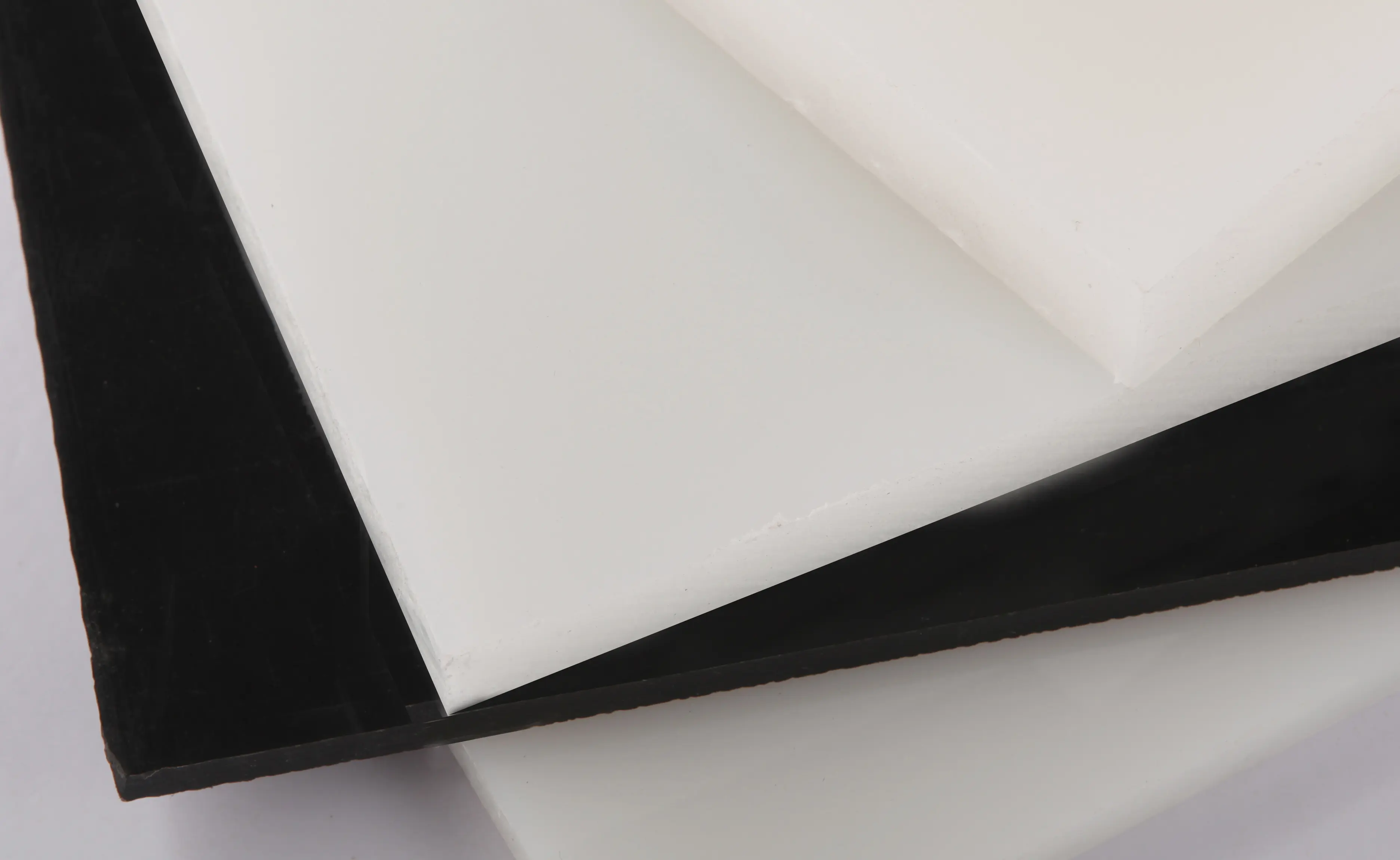ستمبر . 28, 2024 02:09 Back to list
Understanding Various Types of Pipe Fittings for Your Plumbing Needs
Understanding Pipe Fittings Essential Components in Plumbing Systems
Pipe fittings are indispensable components within various plumbing and piping systems, serving critical functions in the construction, maintenance, and operation of fluid transport systems. These fittings come in numerous shapes, sizes, and materials, designed to facilitate the connection, termination, and alteration of pipelines. Understanding the types, materials, and functions of pipe fittings is essential for anyone involved in plumbing or related fields.
At its core, pipe fittings allow for the joining of different pipe sections, redirecting the flow of fluids, and providing closures where needed. The most common types of pipe fittings include elbows, tees, reducers, caps, and couplings. Each of these fittings serves a specific purpose. For example, elbows are used to change the direction of the pipe; tees create branch connections; reducers adjust the pipe diameter; caps terminate the end of a pipe, and couplings connect two pipe ends together.
Materials used for pipe fittings vary significantly, depending on the application and the type of fluid being transported. Common materials include PVC (polyvinyl chloride), CPVC (chlorinated polyvinyl chloride), PEX (cross-linked polyethylene), copper, and stainless steel. Each material has its advantages and considerations. PVC is lightweight and corrosion-resistant, making it ideal for residential plumbing systems. Copper, although more expensive, offers longevity and resistance to bacteria. Stainless steel is often used in industrial applications due to its strength and durability in harsh environments.
Choosing the right fitting is crucial for ensuring the efficiency and safety of a plumbing system. Factors to consider include the type of fluid being transported, the pressure and temperature conditions, and the overall design of the plumbing layout. For instance, high-pressure systems may require fittings that can withstand significant stress, while systems carrying corrosive fluids may benefit from corrosion-resistant materials.
pipe fittings

Installation of pipe fittings requires precision and skill to ensure a secure and leak-free connection. This often involves cutting the pipe to the correct length, preparing the ends, and either soldering, gluing, or using mechanical connections to secure the fittings in place. Proper installation not only enhances the performance of the plumbing system but also extends its lifespan by minimizing wear and tear on the joints.
In addition to their functional roles, pipe fittings can also impact the flow characteristics of a system. The internal design of a fitting, including its shape and diameter, can influence the fluid's velocity and pressure as it travels through the pipes. This aspect of design is crucial in systems where fluid dynamics are critical, such as in heating systems or industrial applications.
Furthermore, maintenance and inspection of fittings are essential to ensure long-term efficacy and prevent leaks or breakages. Regular checks can identify wear and corrosion, allowing for timely replacements or repairs that can save resources and prevent extensive damage.
In summary, pipe fittings are foundational elements in plumbing and fluid transport systems. Understanding their types, materials, and installation methods is vital for effective plumbing design and maintenance. Whether in residential, commercial, or industrial applications, the appropriate use of pipe fittings ensures the safe and efficient movement of fluids, underlining the importance of these often-overlooked components in our daily lives.
-
Premium PVC Soft Sheets: Clear, Flexible & Durable
NewsAug.12,2025
-
Premium PVC Round Rods: Durable, Chemical Resistant, Easy to Machine
NewsAug.11,2025
-
PP U-channel: Chemical-Resistant, Lightweight & Durable
NewsAug.10,2025
-
Transparent PVC Pipe: Clear Flexible Tubing for Fluids
NewsAug.09,2025
-
Durable PP Rigid Sheet: Versatile & High-Quality Plastic Panels
NewsAug.08,2025
-
Premium Glossy PP Rigid Sheet – Durable & Versatile
NewsAug.07,2025

